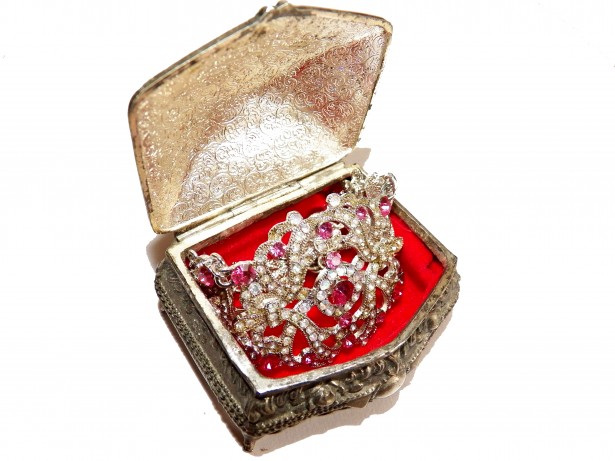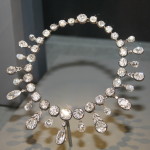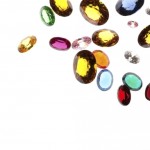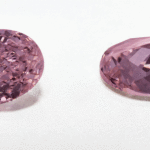The term of estate jewelry refers to old jewelry that was previously owned, regardless if inherited or obtained in other ways. Usually, when this type of jewelry is appraised, fair market value is used for estate evaluation purposes.
Many jewelry collectors or enthusiasts are eager to hunt for estate jewelry auctions, but they fail to realize not everything that’s old also has a great value. There seems to be a common myth how old jewelry offers finer gems or better workmanship, but of course that’s not the case. There are many exquisite pieces available today and it’s not like high quality gemstones have disappeared form the face of the earth. Actually, estate jewelry is tricky because it often happens that some old jewels are not what they seem to be and not even the previous owner was aware of it.
The older a piece, the more attentive you have to be. Stones set in old pieces are not always valuable, but just imitations, more or less well done. In some cases, the stone used in the jewelry are natural, not synthetic and not replicas, but their color makes them appear at the first glance something that they not. The case of the famous “ Black Prince’s Ruby”, part of the Queen’s Imperial State Crown is the best example for that. While the ruby was not a fake, it wasn’t a real ruby, but a red spinal, a natural gemstone that’s far more less valuable than a ruby. Imagine, if this happened to royalties, what makes you think it can’t happen to you?
Over the years, people were very inventive when it came to more or less faking the value of a jewel, for different reasons: to gain more money if they would sell it, to keep the appearence of a certain social status or for unknown reasons. For instance, it’s not unusual to see doubletes, which are two parts of a valuable gemstone, combined together with a bonding agent that makes them seem like a larger, finer and more valuable gemstone. Some doubletes are so well made, that only a trained eye can spot the difference.
A practice common for 18th century jewelry was using colored foil. Colored foil was placed between the gemstone and the metal backing. Although the period of the jewelry and the craftsmanship of the setting add great value, the color of the gemstones is very important for the final price.
All that being said,it’s true there are great opportunities to acquire great pieces form estate jewelry sales and auctions, but you will absolutely need to be careful, because otherwise you might end up spending a large amount of money on pieces that aren’t worth even half the price. Especially for the market value, prices are fluctuating according to the trends and demands. Sometimes, jewelry from the Edwardian period is high in demand, other times the Art Deco period is increasing in popularity, not to mention that jewels from well-known houses, such as Cartier or Tiffany are much more valuable than “no-name” pieces. That’s why it’s strongly recommended to get appraisals for estate jewelry, in the case of inheritance and not only.
Photo : PublicDomainPictures.net, user: Junior Libby





